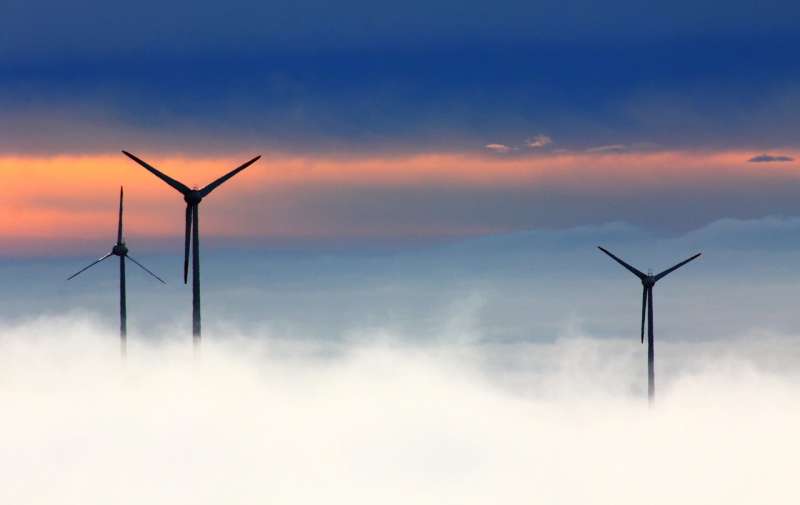
California is often criticized for high electricity costs and slow development timelines. But critics confuse the real reasons for this problem. According to California’s utility regulators, power bills are soaring because of drought, wildfires and an antiquated approach to rooftop solar.
Clean energy has been the best solution to this problem—solar, wind and batteries simply cost less. Unfortunately, the Trump administration’s One Big Beautiful Bill Act just put a ticking clock on the most affordable energy sources.
The bill repealed tax credits that were created by the Inflation Reduction Act of 2022 and killed federal programs supporting clean energy technological innovation.
Utilities and businesses were banking on these policies to build electricity generation, affordably meet soaring power demand and keep the lights on. But instead of a decade of policy certainty as had been expected, federal tax credits for clean energy are now set to abruptly end after 2027.
Californians will pay dearly, adding new costs to already high statewide power prices. The new budget law is likely to spike electricity rates 7% to 11% by 2035, forcing households to pay $320 more per year.
State officials can still help prevent some of these cost increases by buying renewables now, while the discount is still available. New projects can qualify for federal incentives if they start construction by July 4, 2026, or complete construction before the end of 2027. More than likely, this means signing contracts by the end of 2025.
If utilities and developers can hit this mark, Californians will save 30% to 50% compared with what new renewable power generation will cost after the credits expire.
Developer interest is strong. Enough prospective wind, solar and battery projects to power 100% of California’s statewide demand have filed requests with a grid operator to plug into the grid. But connecting a new project currently takes five years—too late to hit that narrow window.
Getting projects online quickly is critical to cutting electricity costs.
UC Berkeley analysis suggests that building clean energy at existing gas-fired power plant sites—an innovative approach called “surplus…
Disclaimer
We strive to uphold the highest ethical standards in all of our reporting and coverage. We 5guruayurveda.com want to be transparent with our readers about any potential conflicts of interest that may arise in our work. It’s possible that some of the investors we feature may have connections to other businesses, including competitors or companies we write about. However, we want to assure our readers that this will not have any impact on the integrity or impartiality of our reporting. We are committed to delivering accurate, unbiased news and information to our audience, and we will continue to uphold our ethics and principles in all of our work. Thank you for your trust and support.
Website Upgradation is going on. For any glitch kindly connect at 5guruayurveda.com


